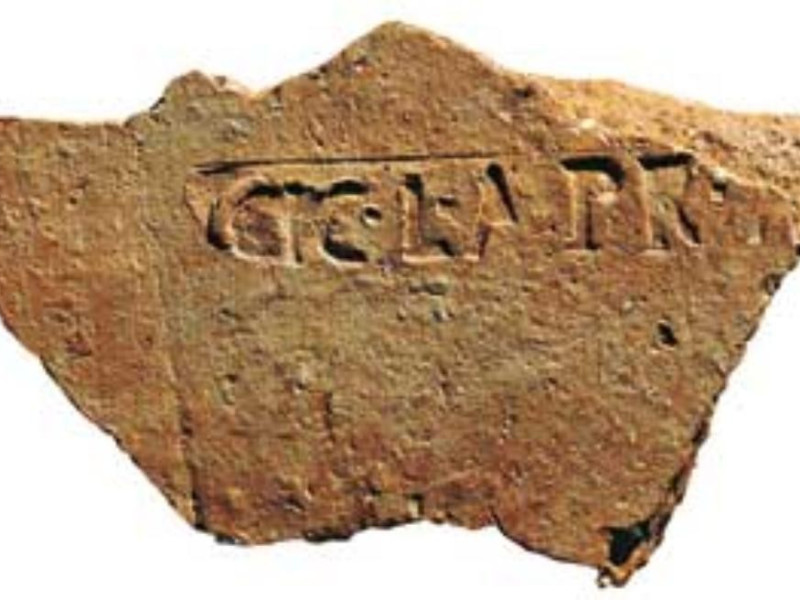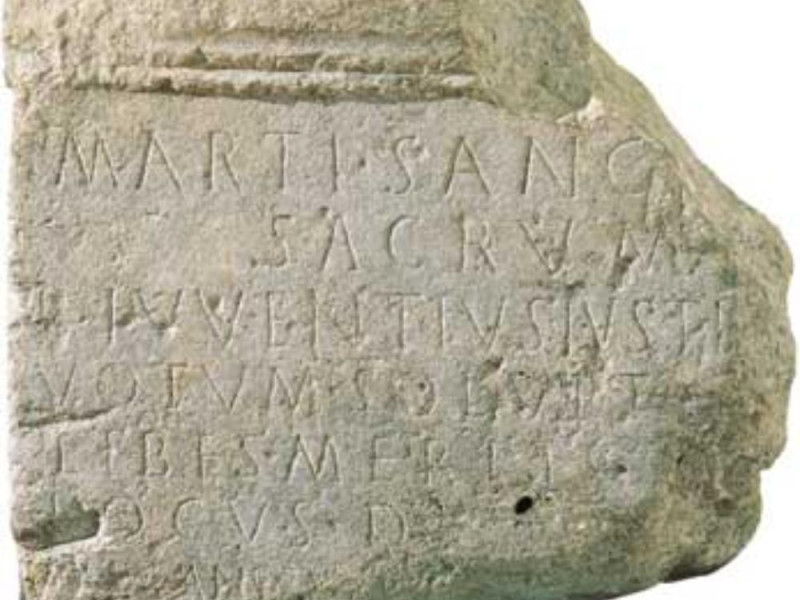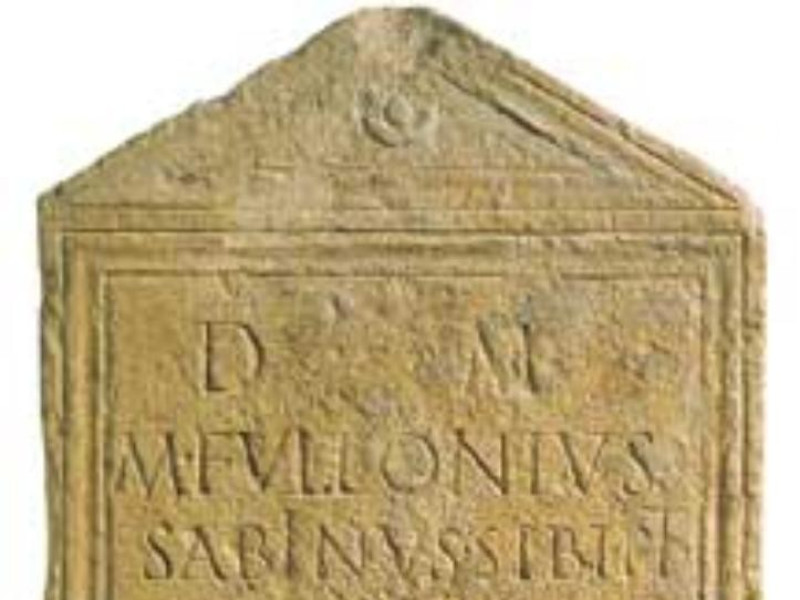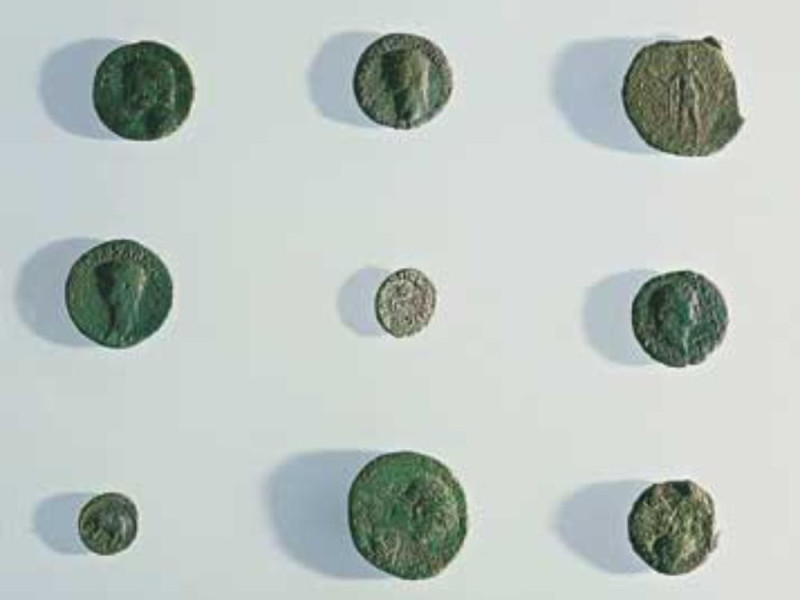Luogo - Museum
Antiquarium comunale
Where
Via Mazzini, 16, Fossato di Vico (Perugia)
The Civic Antiquarium
The Antiquarium is located in the central area of the medieval town of Fossato di Vico.
Its premises are located in the building that at first had been the Municipal building and that later hosted the local Theater.
The visit to the civic collection of Fossato di Vico represents an occasion to know the life of an area whose fortune and centrality resides in its favorable position, near a number of important busy roads that once crossed here. It was in fact located along the route of the ancient Consular Flaminia road, opened in 220 BC, of which important remains of the bridges, built to cross-rivers that have since disappeared, are still identifiable today. The displayed objects show that the small center had been vital from the prehistory up until Late Antiquity, and constantly mentioned in the Roman Itineraria, the Roman travel guides that contained the indications of the routes, distances and urban centers.
Inaugurated in 2001, it is located on the upper floor of the medieval building that used to be the Municipality and the local Theater. Articulated in two rooms, it is focused on documenting the history of the territory and the development of Fossato di Vico, the ancient Helvillum, built near the mountain passage of Fossato—740 meters above sea level—which was already functional for connecting the Apennines summer pasture places with the winter ones along the Adriatic sea. In the first room ancient geographical maps—views and maps from the 16th-19th centuries—and a small selection of items that goes from the ancient Roman ages to the modern era illustrate the territory. They are followed by chronologically ordered archeological findings and materials and architectural elements recovered from old excavation sites on the summit of the hill of the burgh related to a domus and a water container of the 1st century BC.
Concerning the various traces of ancient routes, which directly interested Fossato di Vico, it is suggested to visit the remains of the Roman bridges, near the locality of Palazzolo, to the south of the village, and to the north, at the foot of the burgh where the Bridge of San Giovanni is visible: both indicate the ancient Flaminia Way that in this area was slightly further to the west than the current State road.








